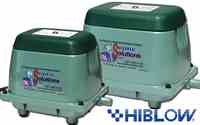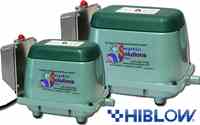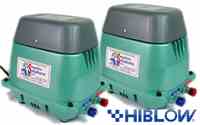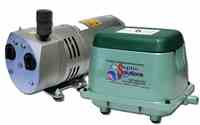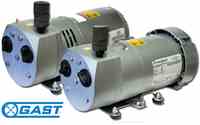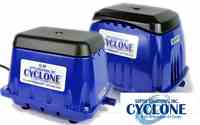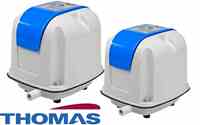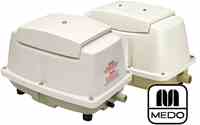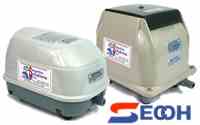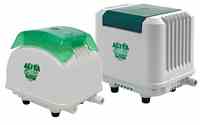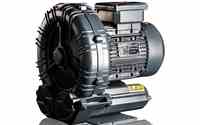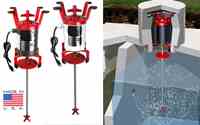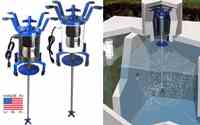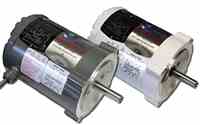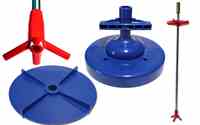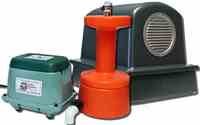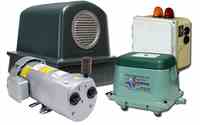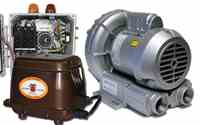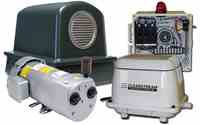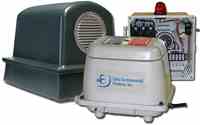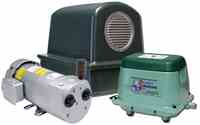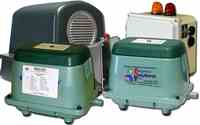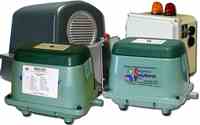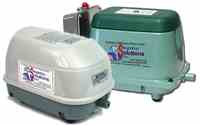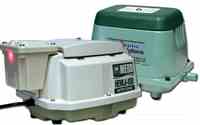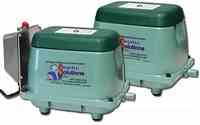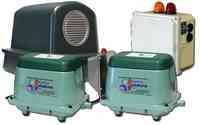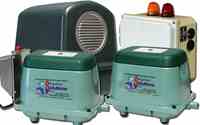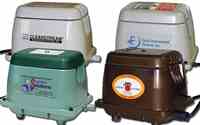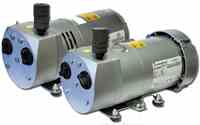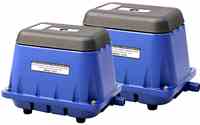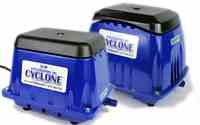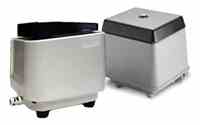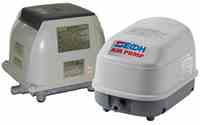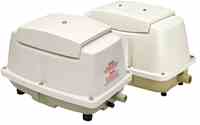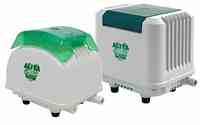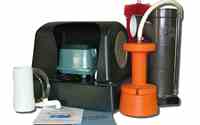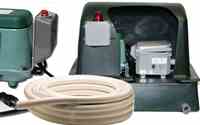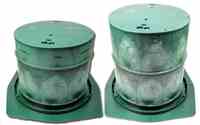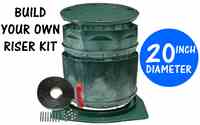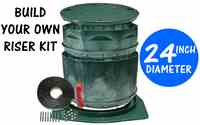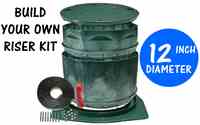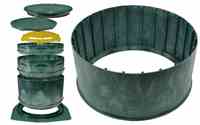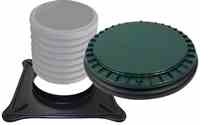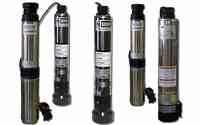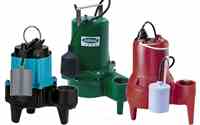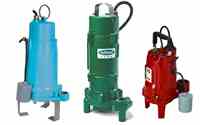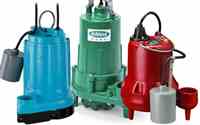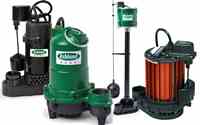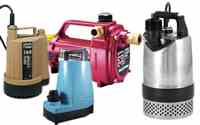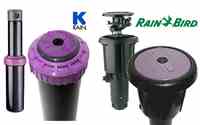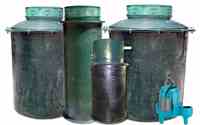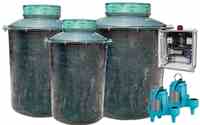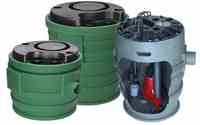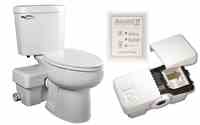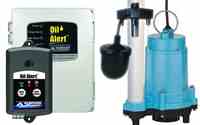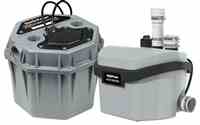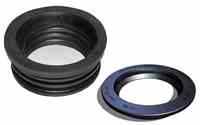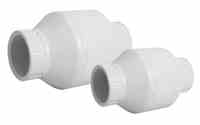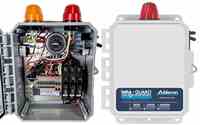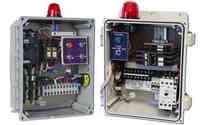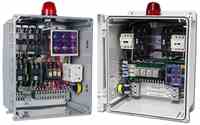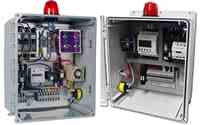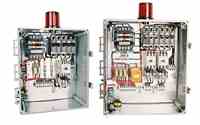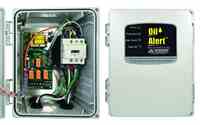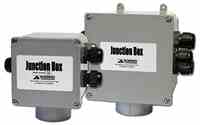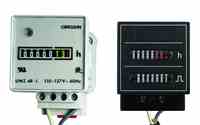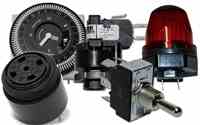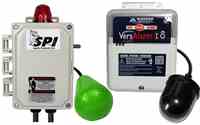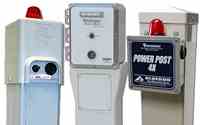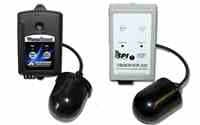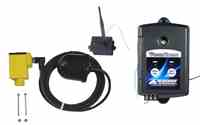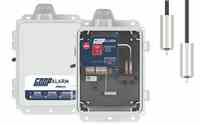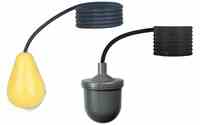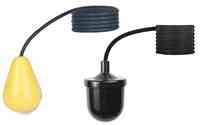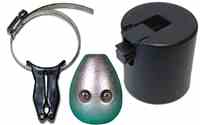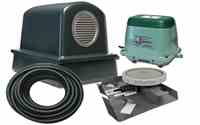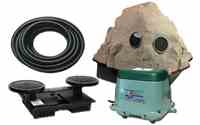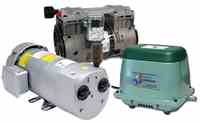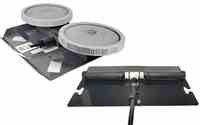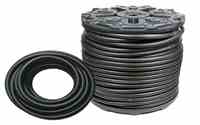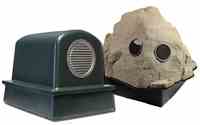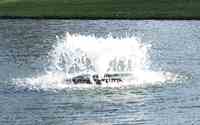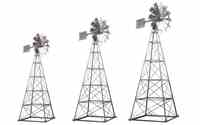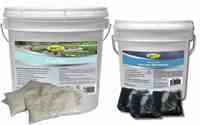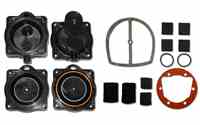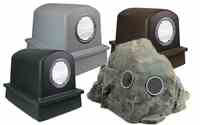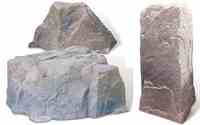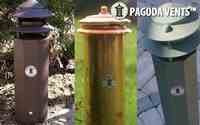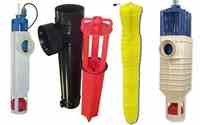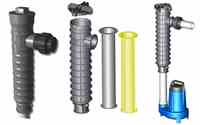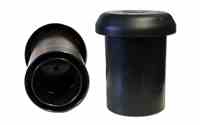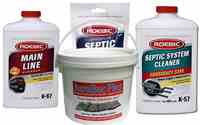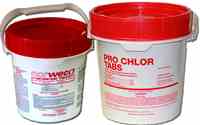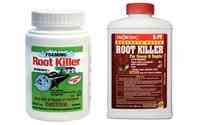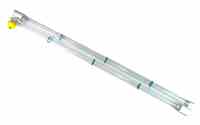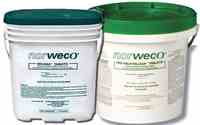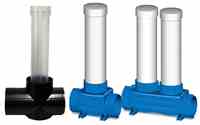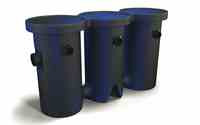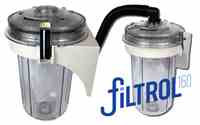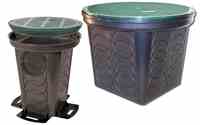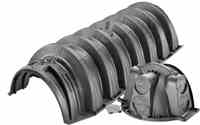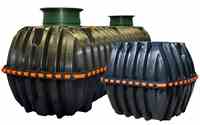The SepAerator® - How It Works
THE SEPAERATOR® CAN SAVE YOUR SEPTIC SYSTEM
HOW A CONVENTIONAL SEPTIC SYSTEM WORKS
When a stool in the home is flushed the wastewater drops into a drainpipe that carries it underground to a septic tank. The purpose of the septic tank is to allow anaerobic bacteria (bacteria that grows without oxygen) to break the waste down over time. The septic tank has both an inlet baffle and outlet baffle necessary to keep waste from entering the tank and floating directly across the top of the septic tank and discharging to the secondary treatment system (drain field, sand filter, mound system, drip system, cesspool, dry well, etc.). Without these baffles the drain field would quickly fill up with these solids causing drain field failure. The septic tank normally discharges 70 to 80% raw sewage to the drain field where this raw sewage is processed by passing through a build-up of substance called biomat.
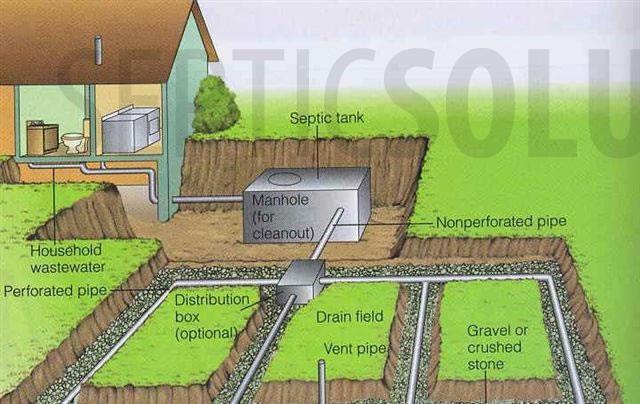
AN EXPLANATION OF BIO-MAT
Biomat is a layer of bacteria that forms in the soil in the secondary treatment system. This biomat is very important in processing the raw sewage that generally discharges from the septic tank. It’s purpose is to process the many small waste particles and pathogens that make up the septic tank discharge before soil absorption can take place. Without this process, inadequately treated effluent can contaminate groundwater, which can end up in wells, streams, ponds or even the ground surface. Should this happen the potential for the family pet or even the children to come in contact with septic tank effluent containing disease carrying pathogens is dangerously increased.
Once the septic tank effluent is discharged to either a drain field or seepage bed the biomat that forms will effectively reduce the waste particles and pathogens to an acceptable level before it can move further into the surrounding soils. Inadequate treatment of any septic tank discharge should be considered unacceptable and remediated immediately.
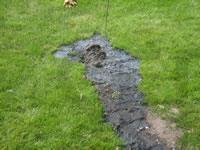
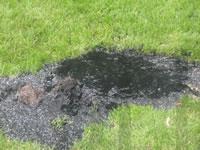
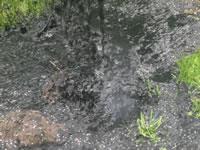
THE CLOGGING EFFECT OF BIO-MAT
As the biomat continues to grow over the years, the effluent discharging from the septic tank cannot penetrate through it causing the effluent level inside the drain field trenches to rise where it will absorb through the sides of these trenches. After a period of time the sides of these trenches will begin to clog. Once the bottom and the sides of these trenches are clogged with biomat, the effluent will either begin to back up into the septic tank or surface in the yard above the drain field. Most septic tanks have approximately 4 inches of fall between the inlet of the septic tank and the outlet. If the effluent level raises 4 inches in the septic tank because it can no longer enter into the absorption field then it begins to back up the inlet pipe. Once this happens the drains in the home will become very sluggish as there is nowhere for the effluent to go.
Biomats purposely restrict the flow of effluent to the soils allowing them time to filter out the pathogens and viruses. Eventually the hydraulic loading rate (gallons of water being drained from the home) will exceed the soil absorption capacity of the drain field. Once this happens the septic tank effluent will either back up into the home or discharge to the ground surface causing ponding. This is the number one cause of drain field or secondary treatment system failure, especially in systems that are over 10 years of age. Signs that a system is failing because of biomat buildup include but are not limited to: water or sludge surfacing at the drain field, high water levels in the septic tank or distribution box, slow flowing and gurgling drains and toilets. The SepAerator™ is designed to reverse these symptoms, read more below.
THE SEPAERATOR® STARVES AND ELIMINATES THE BIOMAT
Anaerobic bacteria and the waste generated by these anaerobic bacteria processing the 70 to 80% organic matter discharged from the septic tank are what make up biomat. When you convert your septic tank to the aerobic process using the SepAerator®, the septic tank becomes a wastewater treatment plant and will discharge around 95% clear odorless water. By removing this organic material waste from the effluent, you eliminate the food source that allows the biomat to thrive and survive in the drain field. The anaerobic bacteria will starve and die, the existing biomat will break down and dissolve, and no new biomat will form in the future, making the SepAerator® a complete and permanent fix to your drain field's biomat problem.
Once the SepAerator® is added to an existing septic tank the dynamic of how a septic tank works is dramatically changed. The SepAerator® will introduce large amounts of oxygen inside the septic tank that will rapidly proliferate the growth of aerobic bacteria inside the tank. Aerobic bacteria are much more effective at processing waste and will thrive under the conditions generated by the SepAerator®. Rather than discharging raw sewage into the drain field, seepage bed, sand filter, mound system, cesspool, or whatever type of secondary treatment system you might have the waste is processed inside the septic tank. The SepAerator® has been tested and proven to discharge approximately 95% clear and odorless water to the secondary treatment system. When the waste is processed inside the septic tank with clear water discharging to the secondary treatment system the biomat loses it's food source and will quickly die. Since biomat needs anaerobic bacteria (bacteria that grows without oxygen) to form, this biomat that has been growing in the secondary treatment system for many years, quickly begins to break-up.
This SepAerator® generated clean effluent, mixed with large amounts of aerobic bacteria entering into the secondary treatment system will cause the biomat to disappear allowing the clean effluent to easily penetrate into the soils once again. Since the aerobic bacteria are very effective at reducing disease causing pathogens the rejuvenation and transformation of the septic system is complete.


